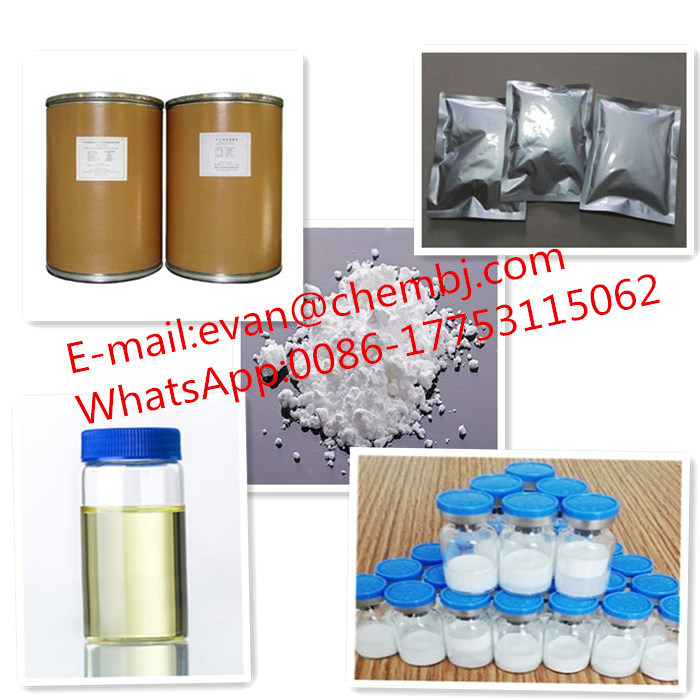Â
CAS No.105816-04-4
Chemical Name:Nateglinide
Synonymsay4166;A-4166;Fastic;STARLIX;DJN 608;Starsis;Glinate;Natelide;Fastic-d5;Starlix DS
CBNumber:CB9472923
Molecular Formula:C19H27NO3
Formula Weight:317.42
Physical and Chemical Properties
White or almost white crystalline powder, odorless, bitter taste. It is soluble in methanol, ethanol, chloroform, dissolved in acetone, ethyl ether, almost insoluble in water. Valid form used in clinic is H-type, mp 137~141 ºC. [Α] D-37.5 °, the maximum UV absorption wavelength in methanol is 252,257,263nm.
Hypoglycemic agents
Nateglinide and mitiglinide, repaglinide are three commonly used non-sulfonylurea oral hypoglycemic agents for insulin secretion,it is successfully developed for the first time by the Japanese company Ajomoto , its chemical structure belongs to carbamoylmethyl-benzoic acid (CMBA), it belongs to D-phenylalanine derivatives, it is a new generation of antidiabetic drugs having amino acid structure ,it is an amino acid derivative prompting insulin secretion, it is also currently the only non-sulfonylureas insulinotropic agent having amino acid structure. The mechanism is mainly through binding the pancreatic β cell sulfonylurea receptor, blocking islet cell ATP-sensitive potassium channels, leading to membrane depolarization, causing the calcium channe lopen to promote insulin secretion. This product is a new type of meal blood glucose regulator, which can effectively control the postprandial blood glucose levels, with rapid onset, short duration of action, low incidence of cardiovascular side effects and hypoglycemia and other characteristics.
Oral bioavailability is 72%, after 15min it can produce insulin secretion effect, Tmax is 0.5~0.9 h, 0.2 h insulin levels achieve peak ,after 1.5 h it is similar to placebo. The plasma protein binding rate is 99%. After reaching plasmapeak , plasma concentrations decline rapidly.T1/2 of oral administration of 120 mg and intravenous injection 60 mg of is 1.5 to 1.7 hours, and the plasma clearance is 7.4 hours. It is metabolized in the liver by isoenzyme CYP2C9 and CYP3A4 way. The main metabolites are products after isomeric oxidation,it can be hydroxyl, diastereomers, isopropyl isomer or unsaturated aliphatic isomers.The main metabolites in plasma and urine are metabolites after the hydroxylation of isopropyl methine family (me-thine carbon) . About 2/3 nateglinide is excreted from the fecal , and the rest is excreted in the urine. Such excretion way is beneficial to elderly diabetes mellitus with renal dysfunction. nateglinide eliminate T1/2 is 1.4 h, because nateglinide T1/2 is short, there is no report yet about the drug accumulation in the body . Long-term use of nateglinide does not produce drug-induced hypoglycemia caused by drug accumulation .It is used for the treatment of diet therapy, exercise therapy and mild to moderate non-insulin dependent ( type) diabetes which taking α-glucosidase inhibitor can not control. The results show that: nateglinide can be used more physiologically for meal glucose control, there is less opportunity for contact with insulin and hypoglycemia which allows patients to flexibly plan scheduling mealtimes, which means there is medication while eating, not eating no medication.
Uses
It is used for the treatment of diabetes
Chemical Properties
Cyrstalline Solid
Â